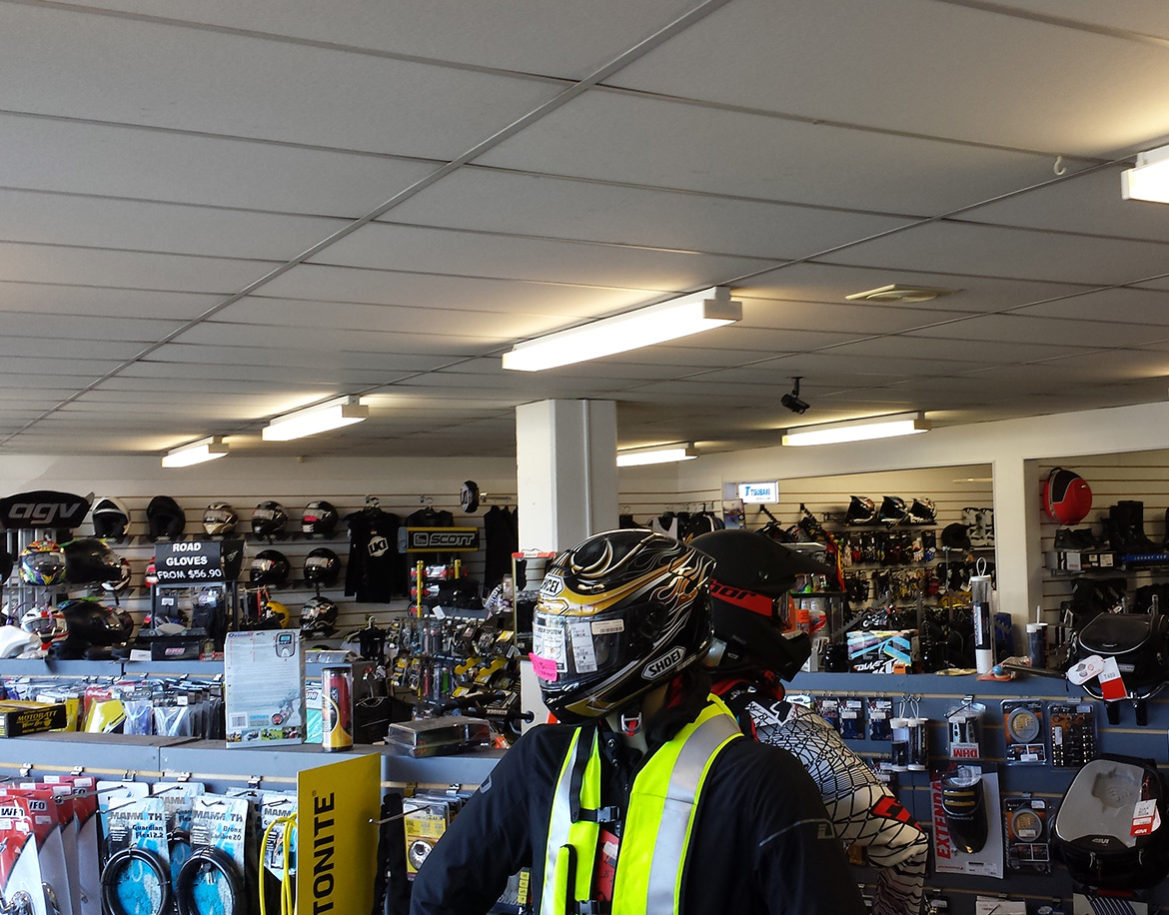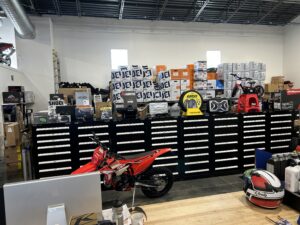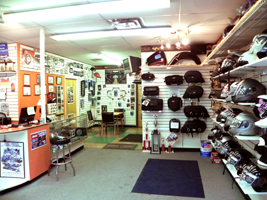Your Go-To Motorbike Shop for Top Quality Parts and Accessories
Your Go-To Motorbike Shop for Top Quality Parts and Accessories
Blog Article
Grasping Motorbike Gears: Just How to Optimize Your Riding Experience
In the realm of motorcycling, grasping the art of equipment control is vital for improving your riding performance. Properly recognizing and making use of motorcycle equipments can considerably influence gas, control, and acceleration performance, transforming an average adventure into a smooth, electrifying journey. By integrating specific shift timing and adapting gear selection to different roadway problems, motorcyclists can make certain optimal engine efficiency and safety. The subtleties of clutch control, throttle control, and equipment technicians beckon a deeper expedition, promising to unlock the complete capacity of your equipment. How can these methods be utilized to absolutely optimize your riding experience?
Understanding Gear Mechanics
Just how do the ins and outs of gear auto mechanics influence bike efficiency? At the core of motorcycle dynamics, equipment auto mechanics play a critical role in converting engine power into activity, eventually determining speed and control. Gears, thoroughly crafted elements, permit cyclists to optimize torque and speed, guaranteeing a smooth change through different terrains and velocities. The equipment proportions, carefully developed, identify the partnership in between engine changes and wheel turns, impacting acceleration and gas efficiency.
Understanding equipment auto mechanics begins with recognizing the importance of the gearbox, which houses multiple equipments of varying sizes. These gears interact via a procedure recognized as meshing, where teeth of different gears engage to transmit power.
In addition, the idea of gear changing is integral to making the most of efficiency. Smooth and timely changes ensure that the engine operates within its optimal power band, preventing unnecessary stress and improving longevity (mx gear nz). By comprehending these mechanical intricacies, bikers can accomplish a harmonious blend of control, efficiency, and power, elevating their riding experience
Timing Your Shifts
Change timing mastery is vital for optimizing motorcycle performance and improving the riding experience. Properly timed changes ensure that the engine runs within its ideal power band, which is essential for preserving control, achieving smooth acceleration, and making certain the durability of the bike. Riders have to establish an instinctive sense of when to move equipments, which involves comprehending the partnership in between engine changes per minute (RPM) and speed.
To master shift timing, pay close interest to the engine's noise and feel, as these give important clues about when to change gears. The perfect change factor typically takes place when the engine comes close to the upper series of its power band without reaching the redline. Moving as well early can lead to a lack of power, while moving far too late might trigger unnecessary engine strain
In addition, roadway problems and riding design influence shift timing. In comparison, during freeway riding, fewer changes at higher rates can be extra ideal.
Enhancing Gas Performance
While understanding motorcycle gears is vital for performance, enhancing fuel performance is just as crucial for both environmental and financial factors. Optimal gas consumption not only decreases operational expenses but also decreases the environmental footprint of riding. To achieve this, one need to comprehend the elaborate partnership in between equipment selection and engine efficiency.
Riding in a greater gear at lower speeds can lead to engine lugging, which is detrimental to both gas economic situation and engine health and wellness. On the other hand, riding in lower gears at high rates results in unneeded gas usage.
In addition, routine upkeep plays a crucial role in fuel effectiveness. Making certain that the motorbike is well-tuned, with tidy air filters and correctly pumped up tires, can decrease and enhance the rules of aerodynamics gas waste. Taking on a riding design that embraces progressive acceleration and smooth slowdown can contribute to better gas economy.

Techniques for Smooth Transitions
Accomplishing smooth equipment changes is fundamental to improving the riding experience and ensuring the durability of a this hyperlink bike's transmission system. Proper gear moving not just adds to a seamless trip however additionally minimizes deterioration on the mechanical parts. To master the art of smooth transitions, motorcyclists have to concentrate on a few essential methods.

Secondly, clutch control plays a critical role. Engaging and disengaging the clutch efficiently calls for technique. The clutch bar ought to be released gradually, permitting a smooth transfer of power from the engine to the wheels without creating a shock or abrupt movement.

Adjusting to Road Problems
Navigating varied roadway conditions is an essential ability for any kind of motorcyclist aiming to preserve control and safety and security. Whether you're riding on wet surface areas, gravel roadways, or browsing sharp turns, your ability to adapt your gear use and riding technique is vital. Recognizing exactly how to adjust your equipments suitably can significantly affect grip and stability, ensuring a much safer trip.
In comparison, when riding on gravel or unequal terrain, lower gears are preferable. Reduced equipments give better control and permit you to react more swiftly to unexpected adjustments in the road surface.
Sharp curves require precise gear monitoring to balance speed and control. Downshifting before getting in a curve can aid preserve momentum while making certain the motorbike stays secure throughout the turn. Regular method in varied conditions enhances your capability to forecast and react to modifications in roadway structure and slope.
Conclusion
Grasping motorcycle equipments significantly boosts the riding experience by improving control, velocity, and fuel efficiency. Adapting equipment option to various roadway problems, such as making use of higher equipments on wet surfaces and lower equipments on gravel, more boosts handling and safety.
Understanding equipment mechanics begins with identifying the relevance of the gearbox, which houses numerous gears of varying sizes. These equipments engage via a process known as meshing, where teeth of various equipments engage to send power (mx gear nz). Mild adjustments to the throttle throughout equipment changes can stop jerky motions and preserve a regular riding speed
Whether you're riding on wet surfaces, crushed rock roads, or navigating sharp turns, your capacity to adapt your equipment usage and riding strategy is paramount. Adapting equipment choice to different roadway a knockout post problems, such as using higher gears on wet surface areas and reduced gears on crushed rock, additional boosts handling and safety and security.
Report this page